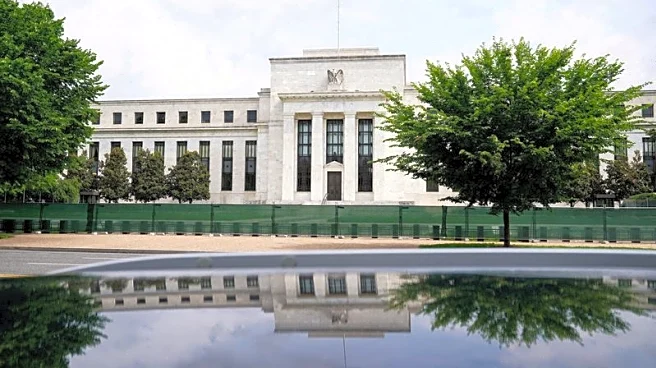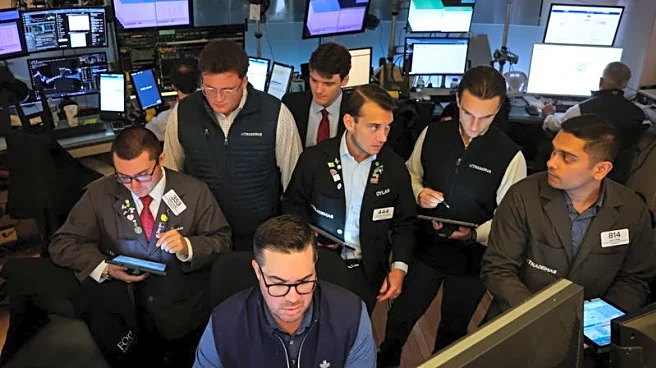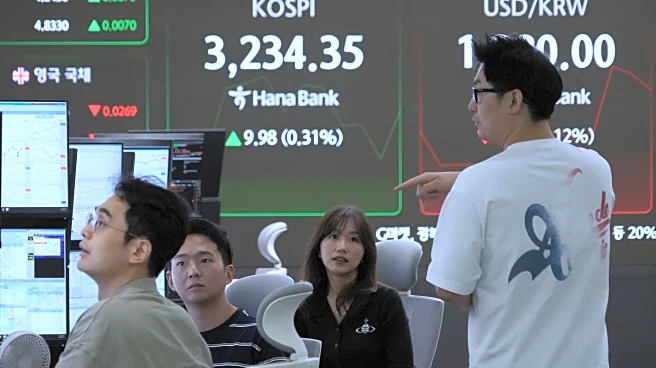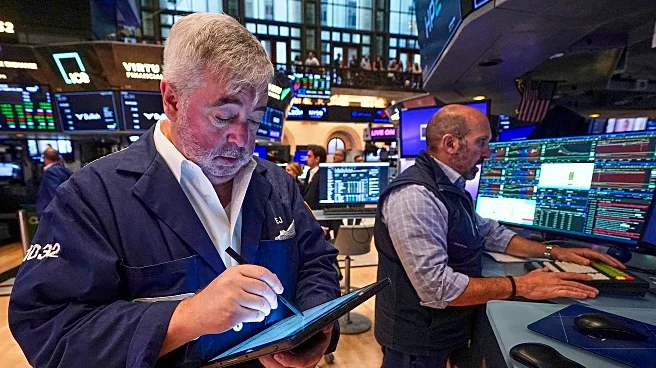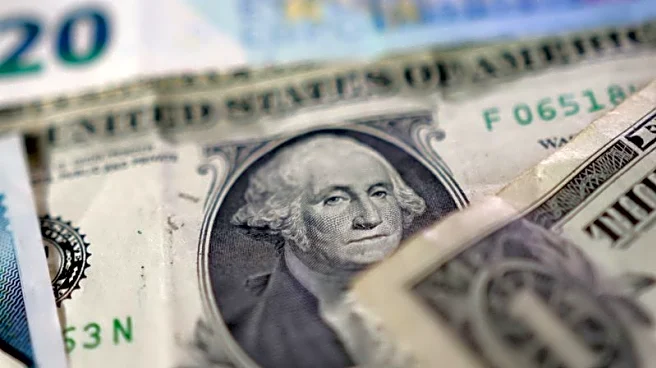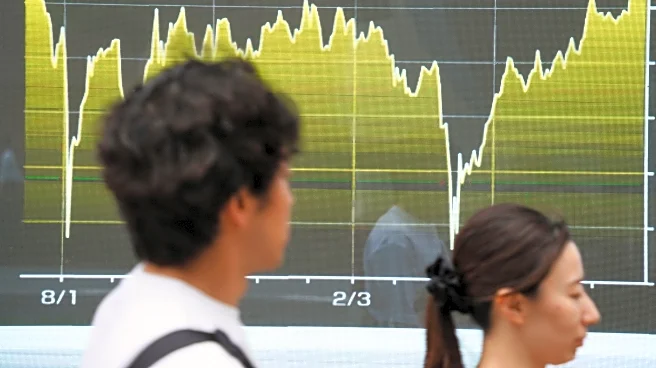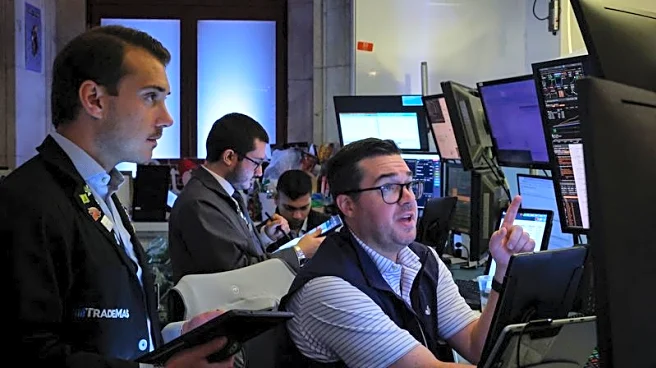(Reuters) - There seems to be very little standing in the way of stock-market bulls right now, but a landmark U.S./Russia summit in Alaska, a central bank shin-dig in Wyoming and elections in Bolivia, among other things, may imbue them with some caution.
Here's your week ahead from Rocky Swift in Tokyo; Suzanne McGee and Rodrigo Campos in New York and Dhara Ranasinghe and Naomi Rovnick in London.
1/ BEGINNING OF THE END?
Investors will closely watch U.S. President Donald Trump's meeting with Russia's
Vladimir Putin on Friday looking to end the war in Ukraine.
There's caution over the longevity of any agreement and Europe's leaders are fearful that the U.S. and Russia could take far-reaching decisions that sidelines them, or seeks to coerce Ukraine into an unfavourable deal.
This backdrop means stocks, especially in Europe, should benefit if the Trump-Putin Alaska summit receives a broad thumbs-up. The euro and Ukraine's battered bonds should also gain. And a lasting end to the three-year old conflict could be a tailwind to global disinflation (ex-U.S. that is).
Yet, the devil is in the details and Europe is unlikely to embrace Russia, even if peace returns. That means the one-way march higher in defense stocks may ebb, but won't be seriously disrupted.
2/ JACKSON HOLE-IN-ONE
It's officially summer in financial markets. Q2 earnings are out, the next crop of major economic data isn't until early September and many money managers and traders are heading out to the beaches for a break. There is just one thing to worry about: Jackson Hole.
The Wyoming resort plays host to the annual central bankers' schmoozefest and will include Federal Reserve Chair Jerome Powell among its attendees. The conference takes place as stocks hover near record levels, and Trump continues to take pot-shots at Powell.
Jackson Hole has the potential to be disruptive. Any hint from Powell that a September rate cut isn't happening and markets could sell off hard, while an overly upbeat tone from the Fed chair may feed more euphoria. “And bull markets die in euphoria,” says Steve Sosnick, strategist at trading firm IBKR.
3/ STAGFLATION NATION
As global stocks rally, everything from weak U.S. jobs data to trouble at the top of the Federal Reserve has been a reason to bet on U.S. rate cuts, meaning it's not been profitable to be bearish.
About 60% of global investors surveyed by BofA think U.S. stagflation could be the dominant global market regime within three months.
A basket of stocks that do well in stagflationary environments, where growth slows as inflation accelerates, has been outpaced by Wall Street's benchmark S&P 500 index this year, Societe Generale strategists reckon.
Next week's business surveys, which can show economic trends months before they appear in official data, will offer more clues about whether U.S. tariffs are driving the world's largest towards stagflation.
SocGen, however, expects Fed rate cuts to inflate a stock-market bubble that might not pop until at least next year.
4/ OUTLIER
With nearly every central bank looking to cut rates to give their economies a soft landing, the Bank of Japan stands apart in its mission to raise borrowing costs - in theory.
So, next Friday's inflation data will be in focus for any sign of when the BOJ's long-pledged tightening cycle will resume.
The previous reading of the core consumer price index (CPI) showed an annual 3.3% increase in June, remaining above the BOJ's 2% target for over three years.
No bank went harder or longer with quantitative easing than the BOJ. But the long road towards normalisation has been complicated by uncertainty over U.S. tariffs and concerns about whether Japan was seeing the right kind of price increases.
BOJ Governor Kazuo Ueda has justified slower rate hikes because "underlying inflation," which focuses on domestic demand and wages, remains below the central bank's target.
5/ PICK ME
Bolivia this weekend kicks off a string of national and local elections across Latin America that extends into late next year, when behemoth Brazil votes to elect a new (or sitting) president.
After 2022's "pink tide" brought left-leaning governments to power in Chile, Colombia and Brazil, investors want to see if voters will return to more market-friendly right-wingers.
Ahead of Sunday's Bolivian presidential election, the country's bonds have rallied on hopes that political change could bring the economy back from the brink. A second round, if needed, comes in October.
Argentina's local elections in September and October are seen as a gauge of the popularity of President Javier Milei's radical economic transformation. Chile votes for a president in November, while next year Colombia elects its congress in March and president in May. Peru holds a presidential election in April and Brazil does so in October 2026.
(Compiled by Amanda Cooper; Graphics by Vineet Sachdev; Editing by Kim Coghill)


